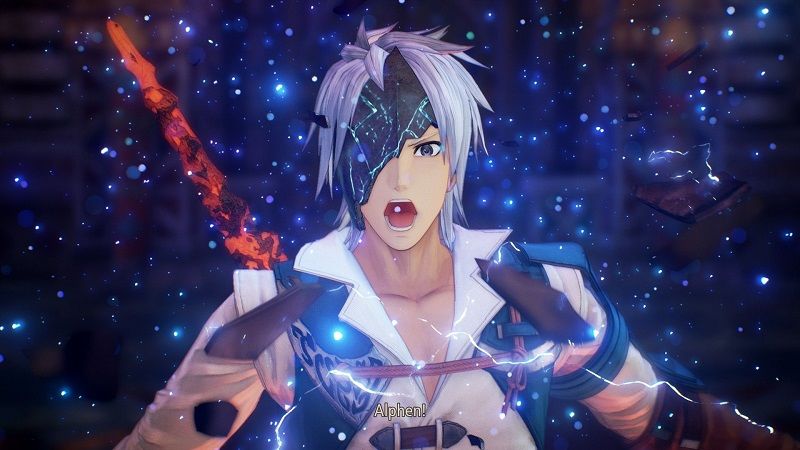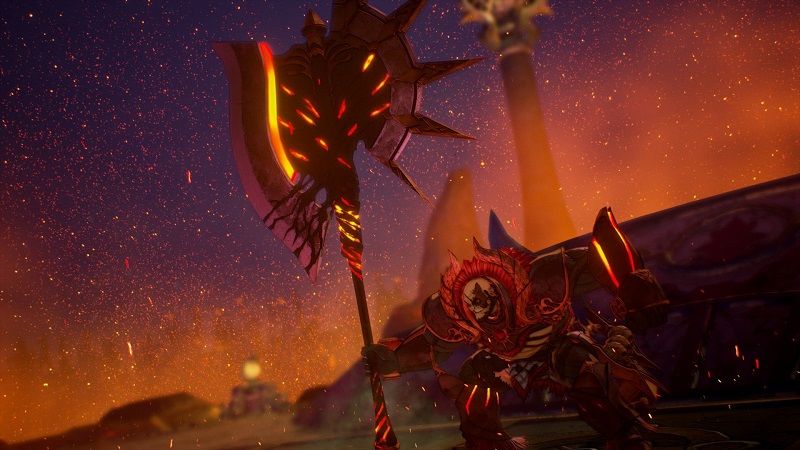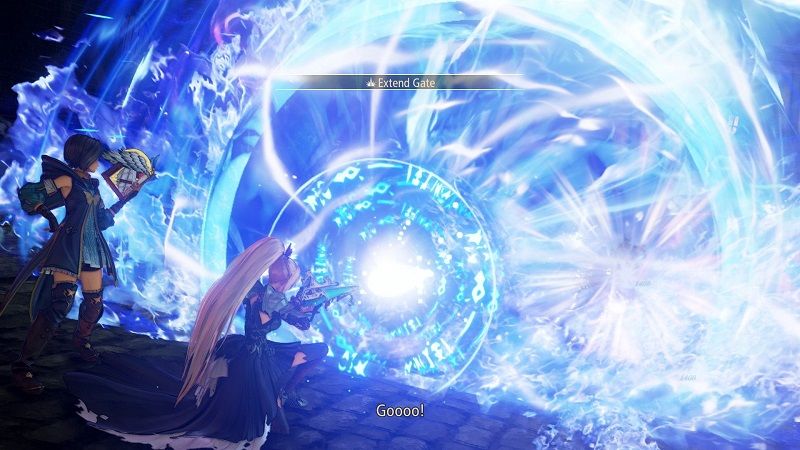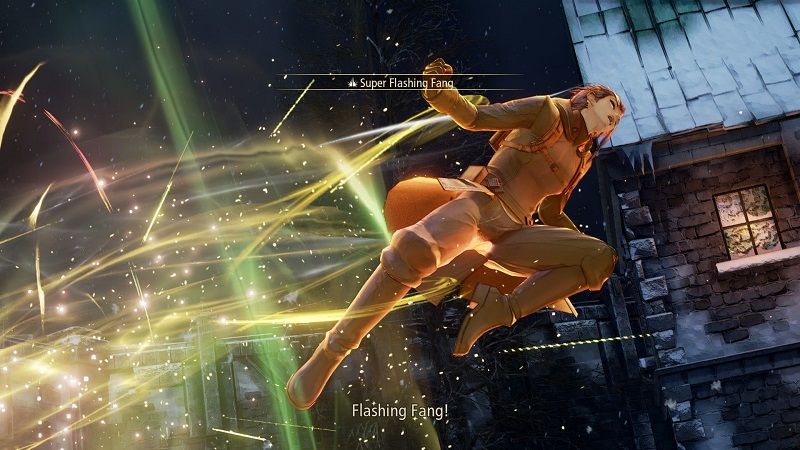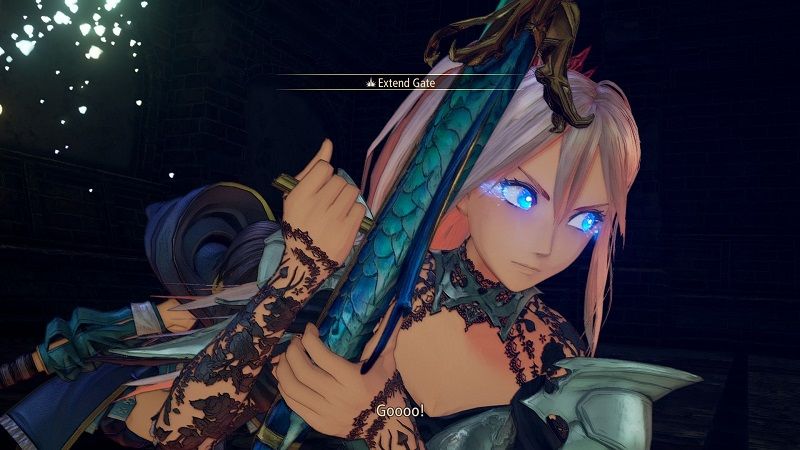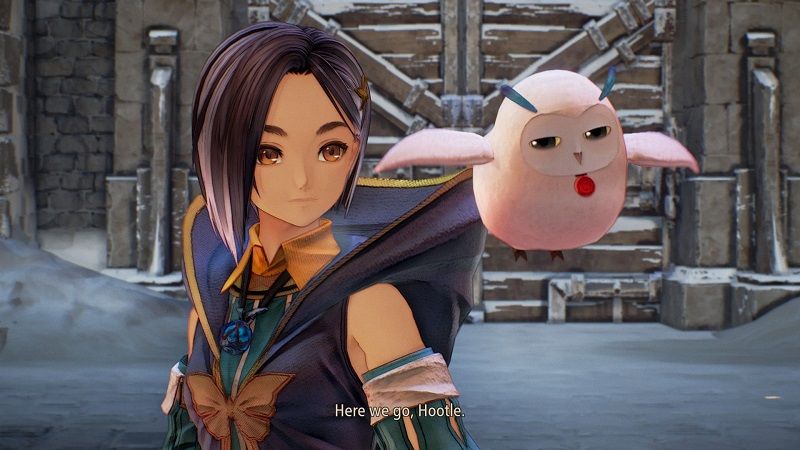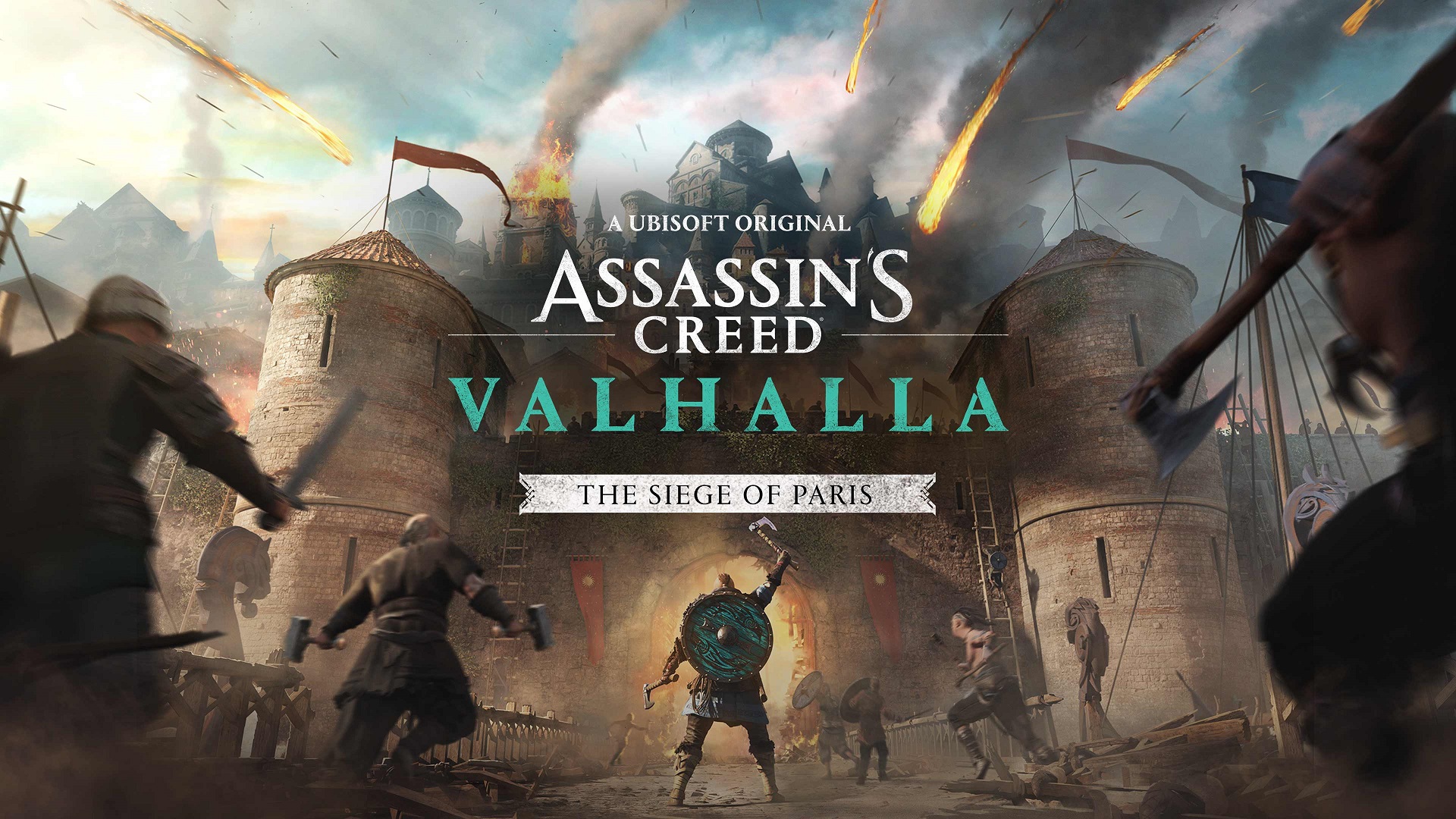Tales of Arise review: The best JRPG
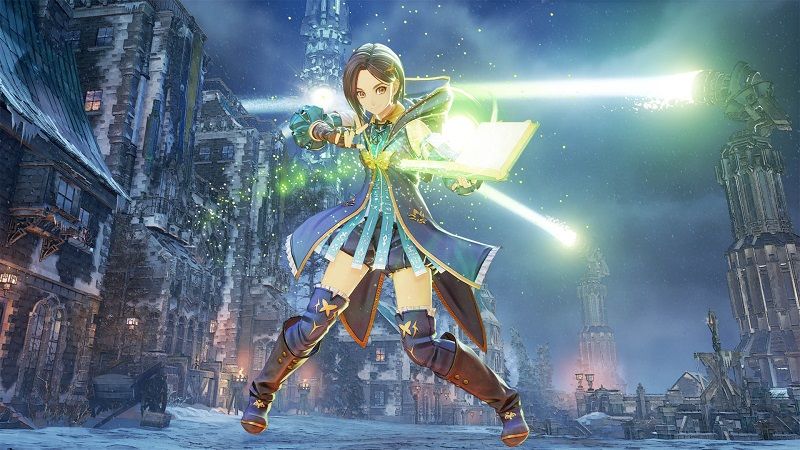
Tales of Arise, by bringing big changes to the “Tales” series which entered the game world in 1995, wants to attract a larger audience without losing its old players. The demo version of the game that we reviewed on Playstation 5 last month has finally officially been released. In the Tales of Arise review, we will answer questions such as “How good the innovations are?”, “How effective is the 1-year delay for debuting?”, and “Is it a good game to start the series for the first time?”.
Tales of Arise review
Tales of Arise review: Story / The Man In The Iron Mask And The Thorns
The story of Tales of Arise takes place in the universe of twin planets Dahna and Rena. The order between the two planets which have existed together for many years, is disrupted when Rena takes over Dahna with her advanced technology. Dahna, once a fertile planet, is partitioned by walls and the people of Dahna are enslaved and forced to work for Rena. Despite the fact that various resistance units have been established in each region, the thing that will shake the order that has been going on for 300 years will be a man who has lost his memory and a woman from Rena who is trying to be caught by her own people.
We start the story with Alphen, who cannot remember the time he was in a year ago, with an iron mask on his face that he cannot take off. Everyone calls him Iron Mask because he doesn’t even remember his name. Alphen, who got attacked by the resistance group in the freight train, jumps forward without thinking to protect the thing carried on the overturned train, a woman who is obviously Rena with her bright eyes, from the soldiers. This is how we meet Shionne of Rena, who carries the curse called “Spikes” that harms anyone who touches her.
Incapable of feeling pain, Alphen and Shionne who are declared traitors by her own people, are found by the resistance forces and decide to take action with them to stop the realm lord. The quest to stop the lords with the Burning Sword which Shionne possesses and can only be used by Alphen because it feels painless, turns into something much bigger with new friends and unexpected events.
The game’s story offers everything I expected from the JRPG genre. We find ourselves in the middle of a well-written story when we say that the team which set out with a relatively small purpose, finds themselves in bigger events, both getting to know themselves better and improving their relations with their teammates, deaths, betrayals, unexpected events. I don’t want to go into too much detail about the story and give spoilers. I also need to explain the mechanics of the world, the energy of the Dahna people and items such as the Master Core, which takes the story to a whole new level.
Our team consists of 6 characters in total. The characters are all well written and lovable. We don’t have to play with characters we don’t like just because they have good talent. During the main story, which progresses in a linear way, we also get to know the characters next to us. The characters are constantly talking to each other. While walking around, they talk about what they see around, taunt each other during the war, make comments about the day by the campfire.
There are many things that are unrelated to the main story but strengthen your bond with the characters, such as Alphen and Law exchanging ideas to get stronger, Kisara and Shionne talking about cooking, other characters’ ideas about how Rinwell can use magic.
War on the Full Throttle
The story of the game is as good as I expect from a JRPG game, so let’s take a look at the gameplay. With Tales of Arise, major changes have been made to the system used in the old games of the series. We roam freely on the map of the game and collect trinkets from the environment and move on to the next mission. In the meantime, it is possible to attack the enemies we see on the road or to escape from them quickly. So far, it doesn’t look that different from the old Tales games, except for a couple of extras. The real change comes when we go to war.
When we fight with the enemy, the borders of the battlefield are determined and we can roam freely in that area and do normal attacks as we want. As in the previous game of the series, Tales of Berseria, there is a real-time combat system. In addition to normal attacks with our characters, we can also use special attacks called “Arte”. Arte techniques range from magical attacks that damage the enemy, to melee attacks that take the power of various elements, and even grenades. Unlike the old games, the techniques we use do not use mana, but a unit called AG, which is self-filled.
We can choose the character we want while walking on the map or entering the fights. It is also possible to quickly switch to the other character during the battle. Each character has their own special abilities and characteristics that affect the course of the war. For example, Kisara stands out as the only defensive character of our team.
While other characters can roll around and escape from the enemy, Kisara has a chance to stop the opponent with her big shield. Rinwell, the main spellcaster of the group, can charge spells and send them to the opponent in stronger or different forms. 4 people can participate in the main fight, while two characters are waiting as support.
Since the AG we need is filled by itself (or with various effects) when using abilities, we can use different abilities in a series of battles. End the “If I do this attack, there is no mana for the healing spell” problem in the old games of the series! A new unit called CP (Cure Points) has arrived for healing and various strengthening abilities. We can easily rain our abilities on the enemies in battles, but the main thing we need to pay attention to is the use of CP.
Things like healing and resurrecting spells, buff abilities that benefit the team use CP. CP is not a self-filling unit, it requires using rare items or camping and resting to refill it. Considering that the abilities used to open various regions on the map also use CP, it is necessary to check the CP bar before entering a difficult battle.
I didn’t really care about the use of CP at first, I usually completed the level or reached the campfire before I saw the bottom. As the story progressed and the areas we visited got bigger, the enemies got stronger and I started to spend more HP. That’s when I started to be more careful about the use of techniques. I started to act cautiously by limiting the abilities of other members of the team using CP.
I really like the distinction between combat abilities and healing abilities. In this way, the fights become faster and fun, like the recently released Scarlet Nexus. Apart from the battles, it is also possible to take actions such as cooking at the camp (giving various long-term buffs), the fishing game that opens in the following chapters, and taking the owls spread around the world back to their own kingdom.
Finally, there are many options for customizing the characters. In addition to accessories such as glasses, tails and “cat ears” that we collect from owls in the area, it is possible to find different clothes. There are also different outfits sold as DLC. In addition to the clothes of the characters from games such as Code Vein and Tekken, it is possible to reduce the seriousness of the game with absurd things such as beach clothes and school clothes, which are indispensable in the series. Moreover, the costumes you buy also unlock new skill trees for the characters. I’ll leave it here for now, as I’ll talk about DLC later.
A JRPG Game That Doesn’t Have Problems on PC?
JRPG games usually start with unnecessary FPS locks, problematic PC ports that cannot use the computer’s potential, and so on. Naturally, I am sceptical of every JRPG game that comes to PC, and often my suspicions (like Nier Replicant) are not in vain. I am very happy to say that Tales of Arise can be played on PC without any problems after Scarlet Nexus, which debuted in the past months.
Tales of Arise looks pretty good with its preferred art style and works well even on PCs that meet the lowest system requirements thanks to its smooth optimization. Moreover, thanks to the art style it uses, it looks good even on low graphics settings. Although the cut scenes using the in-game engine are 60 FPS, there is no FPS lock in the game.
High-resolution support, switchable graphics and refresh rate settings, and the ability to turn options such as motion blur on and off are the options that we usually do not see in JRPG ports. We can choose between TAA and SMAA in the antialiasing settings, NVIDIA cards do not support DLSS. The only thing that bothered me in the game was the drawing distance of the characters. Enemies or other characters do not appear unless we get close to them at a certain distance. It’s an understandable feature for consoles, but a tweak could be made for PCs.
As with every JRPG game, I played this game with Japanese voiceovers and was very pleased with the work done by the voice cast. I especially liked the voice cast of the lords, whom I can call our arch enemies. It’s nice to hear Fumihiko Tachiki’s (Zaraki Kenpachi – Bleach, Sakazuki – One Piece) voice even in the first fight. The musics of the game are also very good.
Tales of Arise review: No Smooth Game
There are many good aspects of the game to talk about, but we are already at the limit of leaving the review and returning to the game guide. That’s why I’m going to talk about what I don’t like a little bit. This part is not very long. So let’s start.
I mentioned that the voice-overs in the game are good. Sometimes, by pressing the R1 key, we can witness the conversations of the characters about the environment or other characters. Here, instead of 2D drawings, three-dimensional character models converse with a comic book-style presentation. The characters talk, but the models’ mouths don’t move. So it’s not too bad, but it’s glaring. Similar situations occur in some cutscenes.
In some boss fights, we come to the level of saying “Well, let’s go die now”. Ok, normal attacks may not be too strong, it takes time to shake the opponent against us, but I’ve done the double “Boost Attack” three times, the opponent is still standing, completing a spell strong enough to disperse the group. There are enemies that we call “Bullet Sponge” in shooter games, I had the same feeling in some boss fights.
It is disturbing that DLC packs provide services that provide “rapid development” to the game like Ubisoft games, but I have to point out one thing here, the game is not designed to be harder for you to get these packages. Yes, those packages you buy can strengthen the character at once and they allow you to unlock some skills you will get later, but they are not mandatory. Moreover, we have a chance to turn DLC items off and on optionally. Of course, every time we enter the camp, it would be better if it did not advertise something like “There is a new DLC, run” on the right.
Tales of Arise review: Conclusion
We’ve come to the end of the Tales of Arise review. Tales of Arise is a successful JRPG game with a visually satisfying, well-written story and endearing characters. Thanks to the improved gameplay system, it is a great starter game for new players as well as those who are familiar with the series. It is also a big plus that there are no problems that can cause headaches for PC users. Bandai Namco, which has done a smooth job in Tales of Arise after Scarlet Nexus, finally makes PC users happy. DLC packs that make your life easier if you buy them are a bit annoying, but it is nice that the game can be played comfortably without these packs.
Tales of Arise is out on both PC and consoles. It is possible to get the PC version on Steam. Players who want to buy the game on the Xbox platform can have the version for both Xbox One and Xbox Series S/X consoles. Players who want to play on the Playstation console can have both Playstation 4 and Playstation 5 versions.
